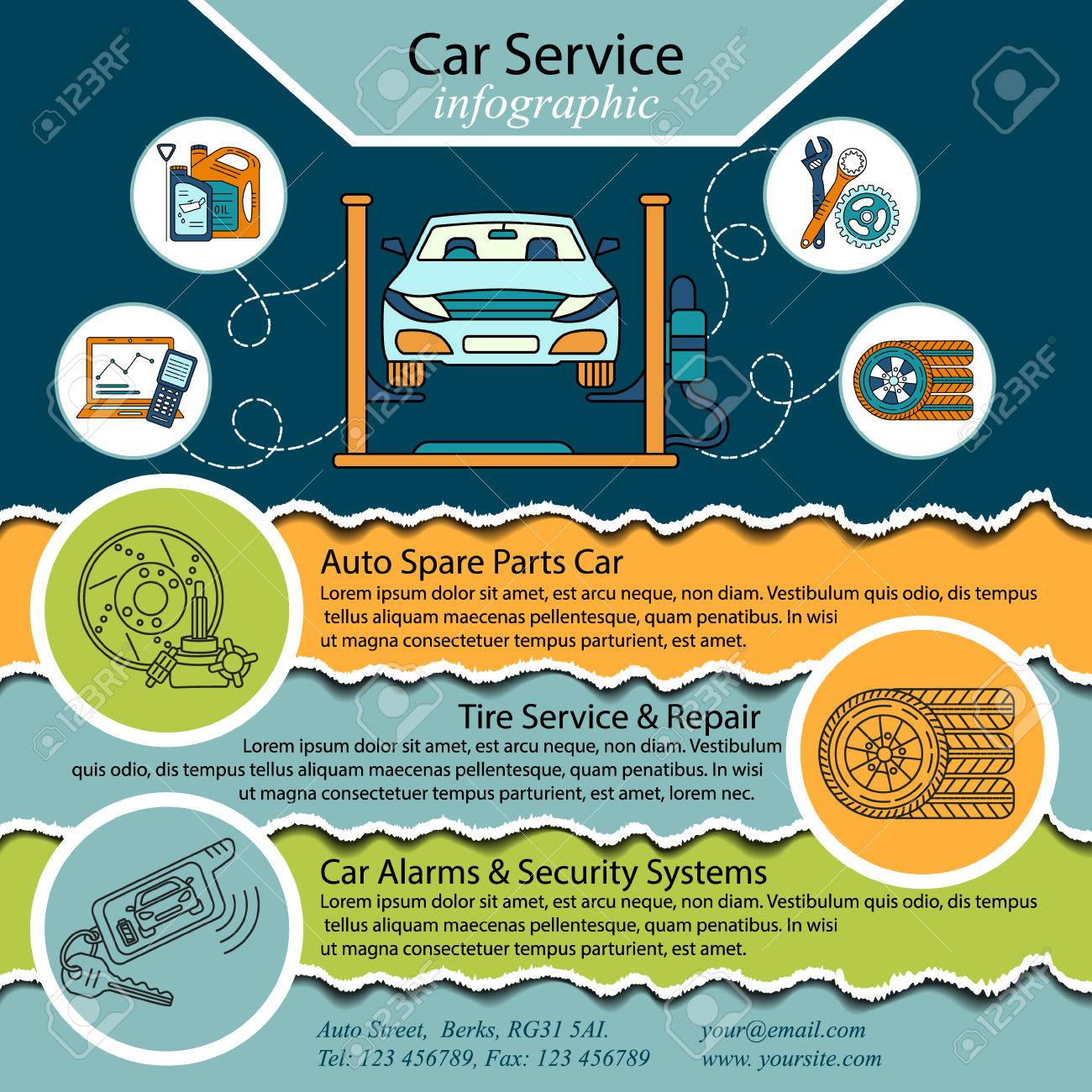Translating Real Importance Of Warning Lights In Your Vehicle
Translating Real Importance Of Warning Lights In Your Vehicle
Blog Article
Developed By-Cummings Bishop
When you lag the wheel, those radiant caution lights on your control panel can be a little bit puzzling. Do best mechanic near me recognize what they're attempting to tell you regarding your cars and truck's health and wellness? Understanding the value of these lights is essential for your safety and the durability of your lorry. So, the following time among those lights turns up, wouldn't you want to decode its message accurately and take the necessary steps to resolve it?
Common Caution Lights and Interpretations
Identify typical caution lights in your cars and truck and recognize their definitions to make sure secure driving.
One of the most regular warning lights include the check engine light, which signifies concerns with the engine or emissions system. If this light begins, it's crucial to have your lorry inspected quickly.
The oil stress warning light shows low oil stress, calling for immediate focus to prevent engine damages.
A flashing battery light could suggest a faulty charging system, possibly leaving you stranded if not addressed.
The tire stress monitoring system (TPMS) light signals you to low tire pressure, impacting car security and gas efficiency. Overlooking this can bring about dangerous driving conditions.
The abdominal light suggests an issue with the anti-lock stopping system, endangering your capability to stop promptly in emergency situations.
Last but not least, the coolant temperature alerting light warns of engine getting too hot, which can result in extreme damage if not dealt with swiftly.
Comprehending these usual warning lights will aid you resolve problems promptly and keep secure driving problems.
Value of Prompt Focus
Understanding the common caution lights in your vehicle is only the initial step; the relevance of quickly resolving these cautions can't be emphasized sufficient to guarantee your safety and security when driving.
When a caution light brightens on your dashboard, it's your cars and truck's way of interacting a potential concern that needs interest. Ignoring these warnings can cause more serious issues in the future, jeopardizing your safety and potentially costing you extra out of commission.
Motivate attention to advising lights can protect against malfunctions and accidents. For example, a flashing check engine light might indicate a misfire that, if left unattended, can trigger damage to the catalytic converter. Addressing https://www.jonesborosun.com/news/supply-chain-issues-continue-for-automotive-industry/article_bb3b85e4-ebc6-5a0e-b6f3-c2573d5df7d8.html without delay can conserve you from a pricey fixing.
Similarly, a brake system alerting light could signify reduced brake liquid or worn brake pads, critical parts for your safety and security when driving.
DIY Troubleshooting Tips
If you see a caution light on your dashboard, there are a couple of do it yourself repairing suggestions you can try prior to seeking specialist help.
The primary step is to consult your automobile's handbook to understand what the particular warning light suggests. In some cases the problem can be as easy as a loose gas cap activating the check engine light. Tightening up the gas cap may deal with the trouble.
An additional common concern is a reduced battery, which can set off numerous warning lights. Checking the battery links for deterioration and ensuring they're safe and secure might fix the trouble.
If a caution light persists, you can attempt resetting it by detaching the vehicle's battery for a few minutes and afterwards reconnecting it. Furthermore, checking your car's liquid levels, such as oil, coolant, and brake liquid, can aid troubleshoot alerting lights related to these systems.
Final thought
To conclude, understanding your cars and truck's caution lights is crucial for maintaining your automobile running smoothly and securely. By quickly dealing with these signals and recognizing what they suggest, you can avoid pricey fixings and prospective malfunctions.
Remember to consult your cars and truck's guidebook for certain information on each alerting light and take action as necessary to guarantee a trouble-free driving experience.
Keep notified, stay risk-free when driving!
